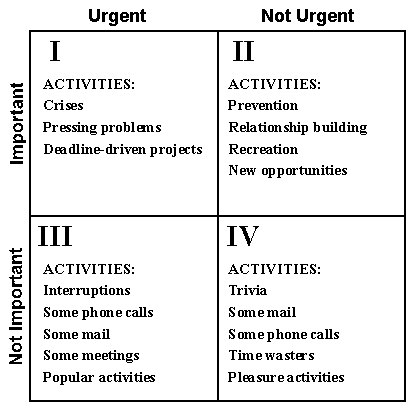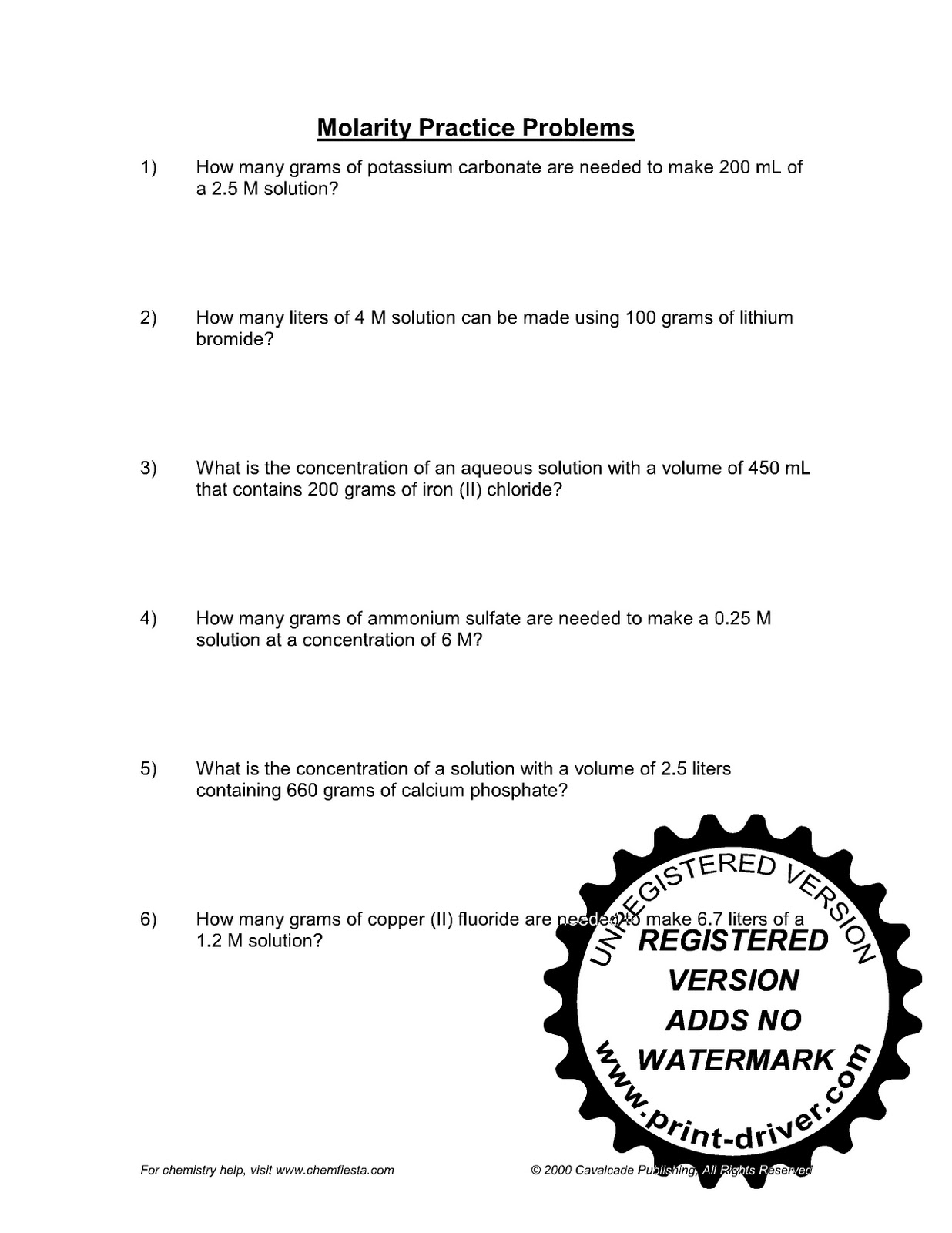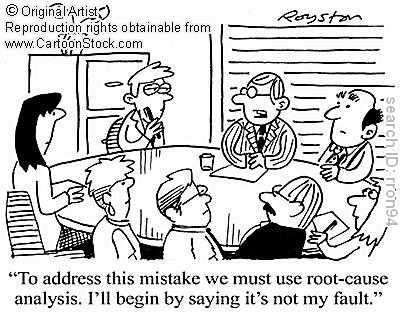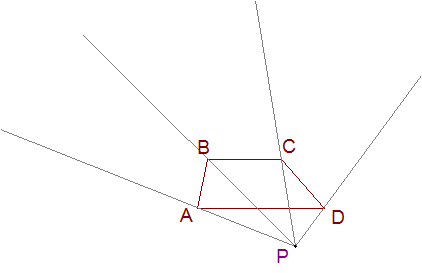Matrix Practice Worksheet
A matrix practice worksheet is a valuable tool for anyone studying or working with matrices. It provides a structured way to practice and reinforce your skills in this mathematical field. Whether you are a student preparing for an exam or a professional needing to brush up on your matrix knowledge, a practice worksheet can help you enhance your understanding and proficiency in this subject area.
Table of Images 👆
More Other Worksheets
Kindergarten Worksheet My RoomSpanish Verb Worksheets
Cooking Vocabulary Worksheet
DNA Code Worksheet
Meiosis Worksheet Answer Key
Art Handouts and Worksheets
7 Elements of Art Worksheets
All Amendment Worksheet
Symmetry Art Worksheets
Daily Meal Planning Worksheet
What is a matrix in mathematics?
A matrix in mathematics is a rectangular array of numbers, symbols, or expressions organized in rows and columns. Matrices are often used to represent data, equations, or transformations in various branches of mathematics and science, and they play a fundamental role in linear algebra. Each element in a matrix is identified by its row and column position, and operations such as addition, subtraction, multiplication, and inversion can be performed on matrices to analyze and solve mathematical problems.
What are the elements of a matrix?
The elements of a matrix are the individual numbers or variables that are arranged in rows and columns within the matrix itself. Each element is represented by its position in the matrix, which is specified by both row and column indices. These elements can be real numbers, variables, or even complex numbers, depending on the context and application of the matrix.
What is the difference between a row and a column in a matrix?
In a matrix, a row is a horizontal arrangement of elements, while a column is a vertical arrangement of elements. Rows are defined by the placement of elements side by side from left to right within the same row, whereas columns are defined by the placement of elements on top of each other in a vertical direction within the same column.
How do you represent the dimensions of a matrix?
The dimensions of a matrix are typically represented by the number of rows and columns it contains. This representation follows the format of "number of rows x number of columns," such as a matrix of size 3x2 indicating a matrix with 3 rows and 2 columns.
What is the identity matrix?
The identity matrix is a square matrix where all elements on the main diagonal are equal to 1, and all other elements are equal to 0. It has the property that when multiplied by any other matrix of appropriate size, it leaves the other matrix unchanged. The identity matrix is typically denoted by the symbol "I".
How is matrix addition performed?
Matrix addition is performed by adding the corresponding elements of two matrices of the same dimensions. This means that each element in the first matrix is added to the corresponding element in the second matrix to create a new matrix with the same dimensions. The result is a new matrix with elements that are the sum of the corresponding elements from the original matrices.
How is matrix multiplication performed?
Matrix multiplication involves taking the dot product of each row of the first matrix with each column of the second matrix. The result is a new matrix where each element is the sum of the products obtained in the dot product operations. The number of columns in the first matrix must equal the number of rows in the second matrix for the operation to be possible, and the resulting matrix will have the same number of rows as the first matrix and the same number of columns as the second matrix.
What is the transpose of a matrix?
The transpose of a matrix is a new matrix formed by switching the rows and columns of the original matrix. In other words, if the original matrix has dimensions m x n, the transpose will have dimensions n x m, with the rows and columns of the original matrix interchanged.
How do you find the determinant of a matrix?
To find the determinant of a matrix, you can use various methods such as expansion by minors, row reduction, or cofactor expansion. One common and straightforward method is expanding along a row or column using the formula for the determinant, which involves multiplying the elements of the row or column by their cofactors and summing the results. Alternatively, you can use row reduction to simplify the matrix into a triangular form and then compute the determinant by multiplying the diagonal entries together.
What is the inverse of a matrix?
The inverse of a matrix is a matrix that, when multiplied with the original matrix, results in the identity matrix. It essentially "undoes" the original matrix operation. Not all matrices have an inverse, and for a square matrix to have an inverse, its determinant must be nonzero.
Have something to share?
Who is Worksheeto?
At Worksheeto, we are committed to delivering an extensive and varied portfolio of superior quality worksheets, designed to address the educational demands of students, educators, and parents.


























Comments